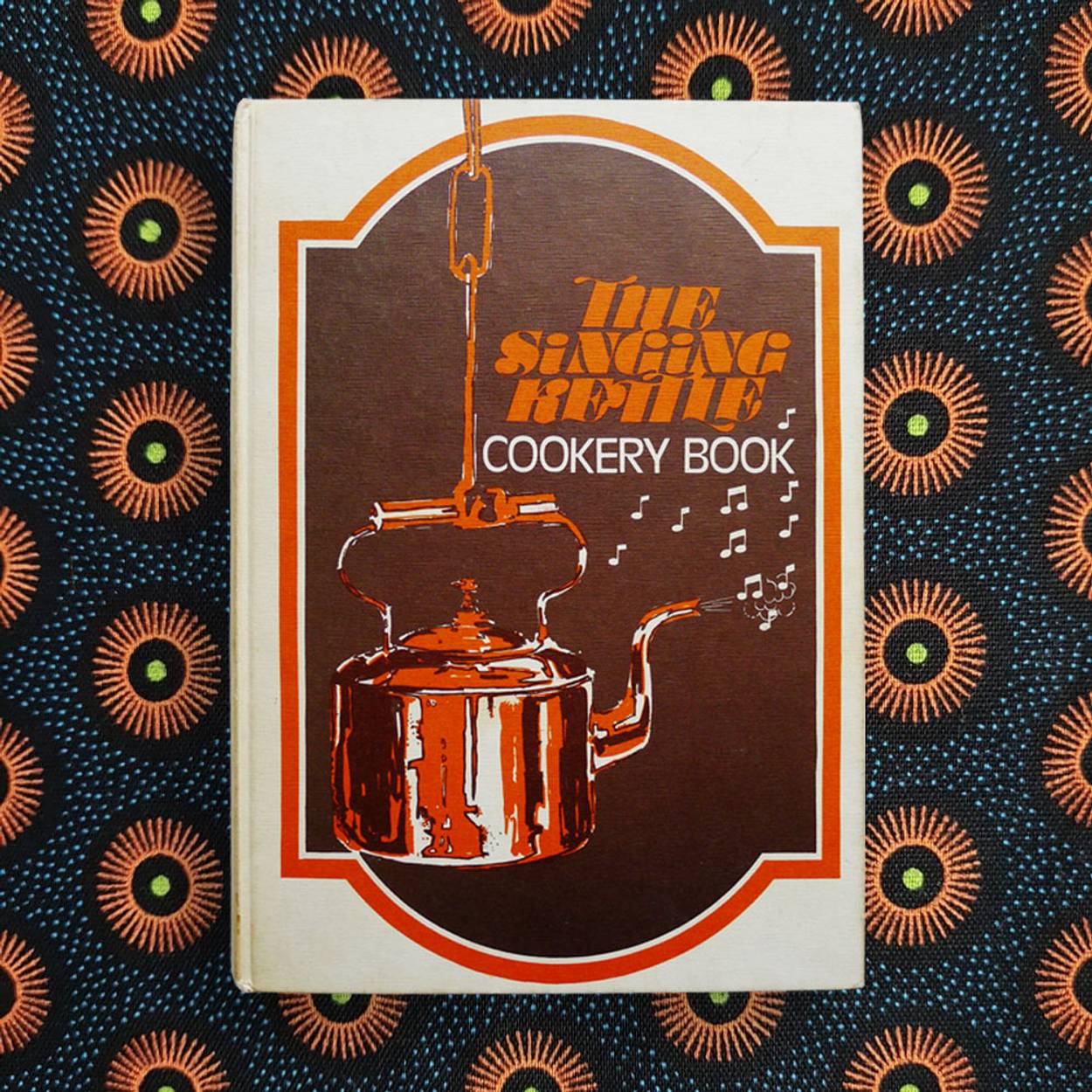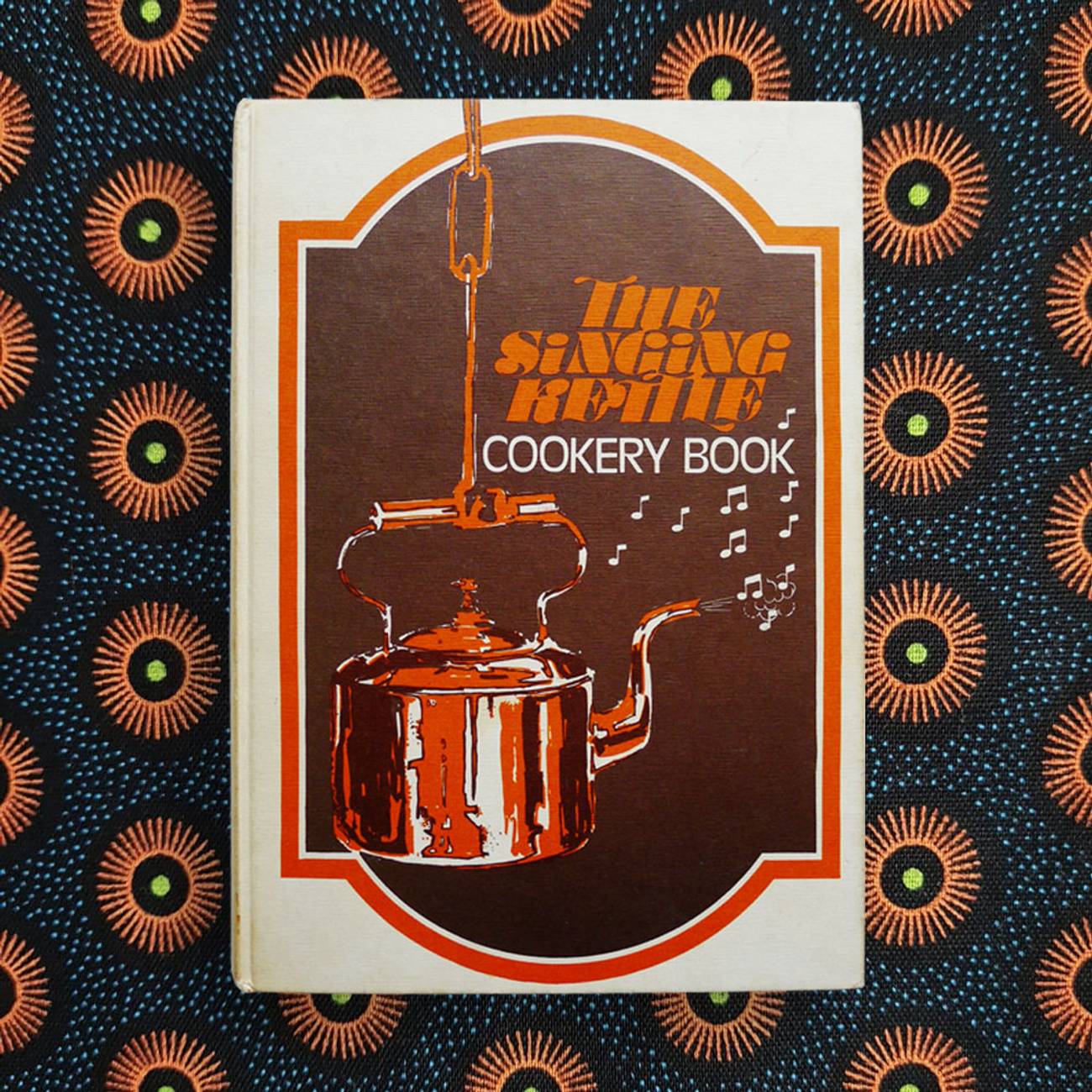Recipe for Remembrance
A collection of South Africa’s Jewish cookbooks preserves the history of the community—in the kitchen and beyond

Tablet Magazine

Tablet Magazine

Tablet Magazine

Tablet Magazine
In 2016, Gavin Beinart-Smollan was pursuing his master’s degree at Hebrew University in Jerusalem and was seeking a research topic. During a visit to his parents’ home in Auckland, New Zealand, he found himself perusing their bookshelves, when something caught his eye.
“I kind of by chance glanced at my mom’s cookbook shelves,” he said. “I thought, oh, I haven’t looked at these in a while.” His mom, a South African immigrant, had brought along her sizable collection of cookbooks to her new home in Auckland when the entire family had emigrated in 1994.
For Beinart-Smollan, it was a lightbulb moment.
“As I paged through them, my historian brain started working,” he recalled. “Community cookbooks contain lots of elements: recipes, contributors, names, prefaces, religious guidelines, advertisements, culinary guidelines. I realized that these cookbooks were such a rich source of the history of everyday life, for Jewish women’s history, for culinary history, and [were] a way to tell the story of this very interesting community through a lens that was a little different, and mostly not to be found [elsewhere].”
“Eager to delve deeper into the subject, he decided to explore additional resources beyond his mother’s collection, including tracking down more of these cookbooks. He found small collections of South African Jewish cookbooks at various libraries around the world, but to his disappointment, many others proved elusive. “What I quickly realized was that most of these books were not to be found in a library,” he said.
The cookbooks crafted by South African Jewish women possessed a more informal nature. Libraries seldom gathered them; they lacked ISBNs or established publishers. Instead, in most instances, they were assembled by women who brought the page proofs to the local printer and sold them through schools and charities.
“I realized that the only places they were sitting were on the shelves of people like my mom, aunts, cousins, family friends—and South African Jews in general,” said Beinart-Smollan. “I thought, we really need to preserve these books. If they’re not preserved in some way, they’re not going to last for the next generation.”
South Africa’s Jewish community reached its zenith during the 1970s. Stemming from the migration of Lithuanian Jews, who brought with them a rich cultural heritage, the community once boasted around 100,000 members. However, as the landscape shifted, many Jews opted to leave the country. Today, there are roughly 50,000 Jews in the country.
“There are so many cookbooks from these tiny communities, some of which don’t exist anymore. Small towns around South Africa. Cookbooks that had tiny runs,” said Beinart-Smollan. “I thought the only way to preserve them and bring them together in one place is through a digital medium.”
Following the completion of his master’s thesis on the history of these cookbooks, he decided to expand his project, giving birth to a community history initiative: a website devoted to their preservation and celebration.
So far, the project has uncovered more than 100 community cookbooks dating from the 1950s onward. His goal is to build a comprehensive collection of Jewish South African cookbooks, from the best known to tiny, independently produced ones.
“The recipes in the community cookbooks are all kosher. Even the recipes in The Happy Hostess, created by the sisterhood of the Pretoria Jewish Reform Congregation, mostly abided by the rules of kashrut—apart from a couple recipes for crayfish! In this way they were very different from a lot of postwar American Jewish cookbooks, which featured dozens of nonkosher dishes,” said Beinart-Smollen. “Some of the books also adapted iconic South African recipes like bobotie”—a South African dish traditionally made by non-Jews with spiced minced meat, often lamb or beef, mixed with various ingredients such as bread soaked in milk, chutney, and a blend of spices—“to make them suitable for the kosher kitchen. It was a way to help South African Jews feel like they were part of the broader (white) South African culture of the time.”
The project is ongoing and continues to collect, scan, and digitize the cookbooks. Volunteer contributors have spanned a wide range of people, with many connecting via Facebook groups dedicated to preserving South African Jewish history.
One member of one of these Facebook groups, 76-year-old Joan Krupp, lives in Cape Town. One of the keenest contributors, she has sent more than 40 cookbooks to the project for digitization. She sees the preservation of these books as important.
“As the Jewish population in South Africa gets smaller, due to immigration to other countries, the historical value of preserving the books can never be replaced. We were and still are a very vibrant [community], giving back, remembering our past, and where all our descendants came from … over many, many years,” said Krupp, adding, that despite the digitization, she hopes that people “will understand how amazing our Jewish community was and still is, even though smaller, and understand that it was all created with much love and sincerity.”
On the cookbook website, the project contains articles with context and information about South Africa’s Jewish community and continues to receive clicks from all around the world.
The project also has support from professor Adam Mendelsohn, the director of the Kaplan Centre for Jewish Studies in Cape Town.
“I am a cheerleader for the project,” he said. “I recognized that this was a project that did something that hadn’t been done for Jewish history in South Africa. There are lots of books and research on topics, like how Jews responded to apartheid … but this was an underexplored area in South African Jewish history, the history of women’s everyday life. A project like this gives us a window into a world that has been neglected by scholars.”
In part, Mendelsohn was fascinated and drawn in by the richness of the material on offer and the question of what it meant to be a Jewish woman in South Africa. “The everyday experiences of Jewish women in this society are heavily race-based. [Within the cookbooks] there is an expectation of domestic help—that women will have at least one and often more persons working in the house.”
In addition to the historical context, the food and recipes that are preserved within the cookbooks reflect a unique cultural Jewish fusion.
“What makes South African Jewish food distinctive is that it is different to my encounters with Jewish food in the United States and elsewhere,” said Mendelsohn. “It reflects the transplantation of certain Litvak recipes to South Africa. There are certain things which aren’t here. Polish Jewish cooking isn’t here. No knishes. There is less emphasis on smoked meats. And some things that are not unique, but they are distinct in their mass availability, which partly reflects the nature of the community, not just Litvak community, but a community that thought of itself as traditional.”
The cookbooks contain recipes for uniquely Jewish South African foods such as teiglach, a traditional Jewish dessert that is often associated with Rosh Hashanah and other festive occasions. The entry for teiglach in the 1976 Singing Kettle cookbook has a recipe for sweet confection made by boiling small pieces of dough in honey syrup and then forming them into a cluster. Other recipes include well-known Jewish favorites such as gefilte fish, but unlike the version common in European Jewish households, the South African/Litvak version is less sweet, and more peppery and savory.
Another contributor to the project is Melvyn Cohen, a South African who now lives in Israel. He is the son of Gertrude Harvey Cohen, the founding editor of one of South Africa’s most famous cookbooks, the Goodwill cookbook, first published in the 1950s. Selling tens of thousands of copies, the book had a larger audience than just the Jewish community.
“My mother remained active for several editions over a number of years, becoming well known as the founder, and well known as a contributor of many recipes,” said Cohen. “I am aware that there were many orders originating from abroad from people who had heard of the book. There are many people around the world who have copies of one or more editions of the book … in our travels around the world, my younger brother Roy and I came across many people who identified their ownership of the book and knowledge of the role played by our mother.”
For now, Beinart-Smollan and Mendelsohn continue to collect any South African cookbooks. “People immigrated with their cookbooks,” said Beinart-Smollan. “I’d be delighted to receive new cookbooks. Especially more obscure ones.”
Nomi Kaltmann is Tablet magazine’s Australian correspondent. Follow her on Twitter @NomiKal.